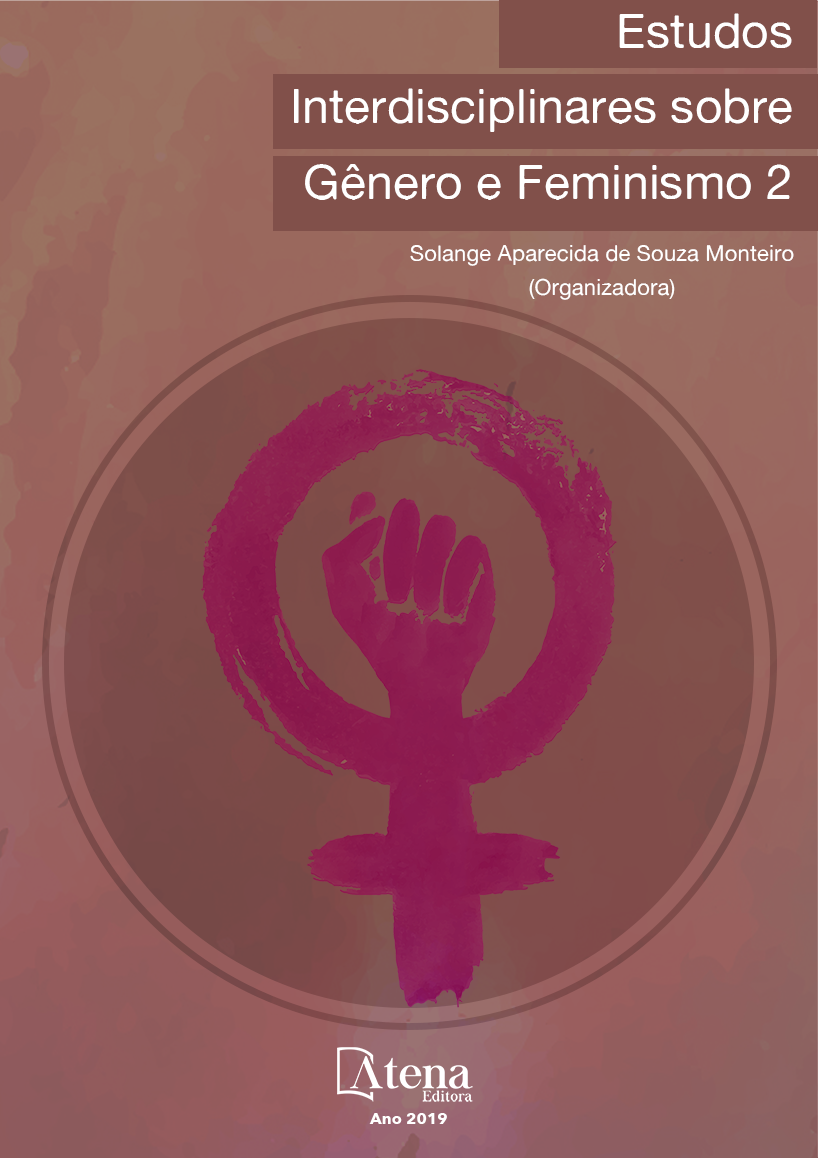
TERRITÓRIO DE NARRATIVAS: LOCAIS DESTINADOS ÀS MULHERES NOS DISCURSOS PRODUZIDOS NOS MUSEUS DO CENTRO HISTÓRICO BELENENSE
O presente trabalho é uma análise
sobre os locais que mulheres ocupam nas
narrativas de museus no Centro Histórico de
Belém, este que consiste principalmente no
Complexo Feliz Lusitânia, abarcando museus –
que são sua maior parte em modelo tradicional
– e praças. Para tal objetivo foi recorrido a
observações diretas destes espaços de museu
e aplicado questionário virtual para mulheres, o
qual obteve 40 participações. A partir de teorias e
discussões voltadas para a área da Museologia
e tendo em vista a ausência de mulheres dentro
de espaços de memórias que são os museus,
podemos pensar e analisar a necessidade
social e museológica de se problematizar essas
relações, sejam elas com mulheres na posição
de artista, na representação de narrativas que
uma obra pode transmitir ou em outras atividades
relacionadas a estas instituições. Com isto,
traçamos nossa pesquisa somente com autoras
como forma de buscar bases para este trabalho
que também viesse a partir de mulheres. A
exposição museológica funciona como discurso
que possui peso no olhar do visitante através
da educação não formal, uma vez que possui
poder de legitimação de discursos, tornandoos
verdadeiros. Entendendo dessa maneira
a importância das exposições museológicas,
cabe a problematização e discussão acerca da
invisibilidade feminina dentro destes espaços,
acentuando a necessidade de refletir acerca de
suas causas, em como intervir nessa realidade
e na pluralidade da questão, acentuando sobre
questões inerentes à teoria museológica e ao
feminismo.
TERRITÓRIO DE NARRATIVAS: LOCAIS DESTINADOS ÀS MULHERES NOS DISCURSOS PRODUZIDOS NOS MUSEUS DO CENTRO HISTÓRICO BELENENSE
-
DOI: 10.22533/at.ed.90119211114
-
Palavras-chave: Museu, Museologia, Mulher, Feminismo, Memória.
-
Keywords: Museum, Museology, Woman, Feminism, Memory.
-
Abstract:
This paper is an analysis of
the places women occupy in the narratives
of museums in the Historic Center of Belém,
which consists mainly of the Feliz Lusitânia
Complex, encompassing museums - which are
mostly traditional models - and squares. For this
purpose it was resorted to direct observations
of these museum spaces and applied a virtual
questionnaire for women, which obtained 40
participations. From theories and discussions focused on the area of Museology and
considering the absence of women within the memory spaces that are museums,
we can think and analyze the social and museological need to problematize these
relationships, whether with women in position of artist, in the representation of narratives
that a work can transmit or in other activities related to these institutions. With this, we
trace our research only with authors as a way to search bases for this work that also
came from women. The museum exhibition works as a discourse that has weight in
the visitor’s eye through non-formal education, since it has the legitimating power of
discourses, making them true. Understanding in this way the importance of museological
exhibitions, it is appropriate to discuss and discuss the female invisibility within these
spaces, emphasizing the need to reflect on their causes, how to intervene in this reality
and the plurality of the issue, emphasizing on issues inherent to museological theory.
and feminism.
-
Número de páginas: 15
- Melissa Walesk de Oliveira Dias Souza
- SILVIA RAQUEL DE SOUZA PANTOJA


